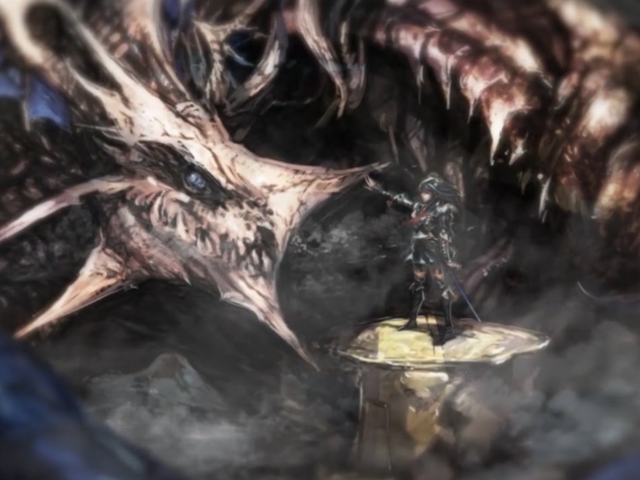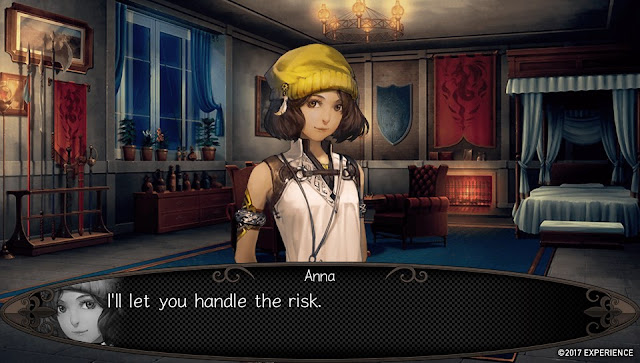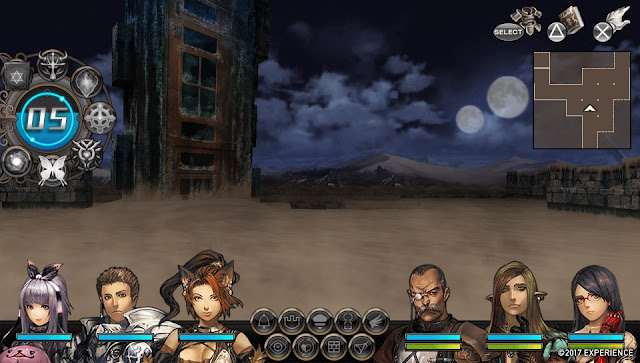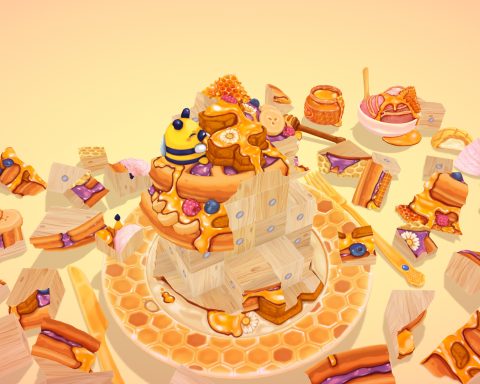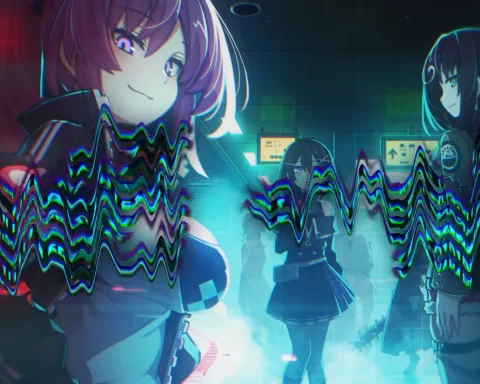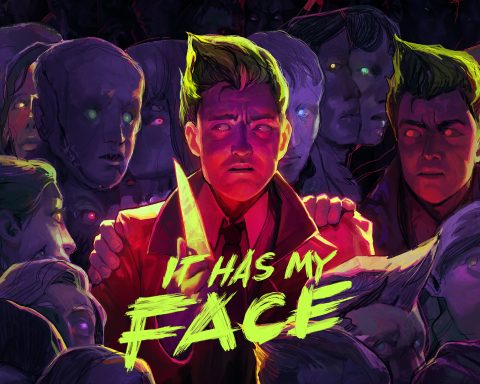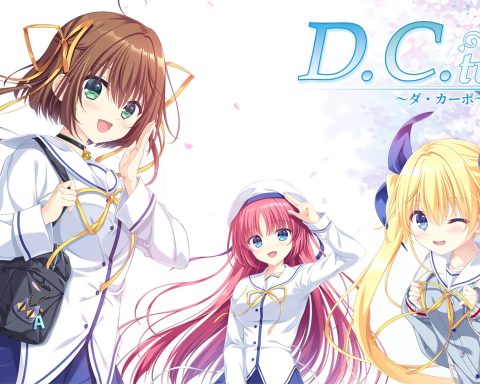– Clark A.
Anime Editor
Latest Articles
Get ready to tidy, tinker, and play with your food in Umami, the debut game from…
Like its predecessors, Death end re;Quest: Code Z looks like it should be a pretty standard…
I’m not sure what creeps me out more, doppelgängers or clones. But It Has My Face…
AFL 23 grew from a shaky start to become something that most fans of the sport…
I love game remake inception: remakes of remakes of remakes (and so on). That’s what is…

